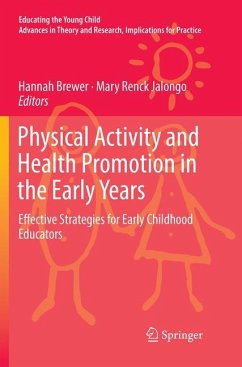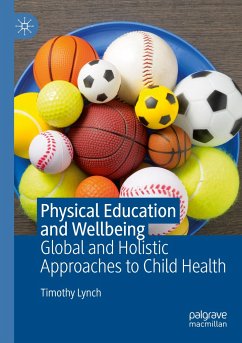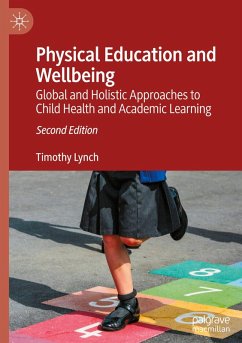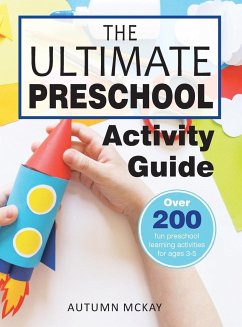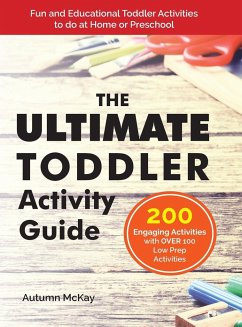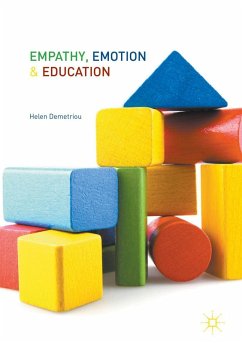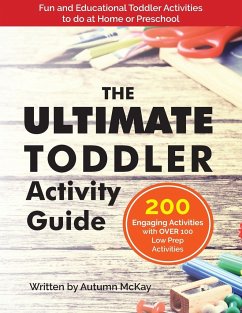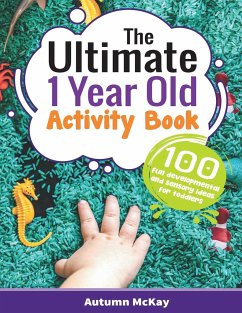
Physical Activity and Health Promotion in the Early Years
Effective Strategies for Early Childhood Educators
Herausgegeben: Brewer, Hannah; Renck Jalongo, Mary

PAYBACK Punkte
61 °P sammeln!
This book focuses on improving well-being among young children. It provides a theoretical base explaining why physical activity is important, and offers practical strategies for increasing health and well-being in early childhood settings. It takes ancient wisdom on the mind and body connection, applies it to the youngest children, and supports it with current empirical and international evidence-all with an eye toward improving wellness across the lifespan. The many topics discussed in the book include children's motor skills, movement, interaction, physical literacy, the use of video games, ...
This book focuses on improving well-being among young children. It provides a theoretical base explaining why physical activity is important, and offers practical strategies for increasing health and well-being in early childhood settings. It takes ancient wisdom on the mind and body connection, applies it to the youngest children, and supports it with current empirical and international evidence-all with an eye toward improving wellness across the lifespan. The many topics discussed in the book include children's motor skills, movement, interaction, physical literacy, the use of video games, dog ownership, developmental delays, as well as strategies to improve physical activities in the classroom and broader contexts.
In recent years, children's health has become a priority worldwide. Topics such as "screen time" "sedentary behavior" and "childhood obesity" have become important issues everywhere- in the news, in schools, in community and commercials settings, andamong health care providers. Limiting sedentary behavior, increasing physical activity, and maintaining a nutritious diet are three fundamental needs during early childhood. Preschool years are a time when children begin to explore the world around them, and develop more vivid understandings of their surroundings. As this book shows, the early years may be the best time to teach wellness concepts and assist young children in establishing healthy lifestyle habits.
In recent years, children's health has become a priority worldwide. Topics such as "screen time" "sedentary behavior" and "childhood obesity" have become important issues everywhere- in the news, in schools, in community and commercials settings, andamong health care providers. Limiting sedentary behavior, increasing physical activity, and maintaining a nutritious diet are three fundamental needs during early childhood. Preschool years are a time when children begin to explore the world around them, and develop more vivid understandings of their surroundings. As this book shows, the early years may be the best time to teach wellness concepts and assist young children in establishing healthy lifestyle habits.





